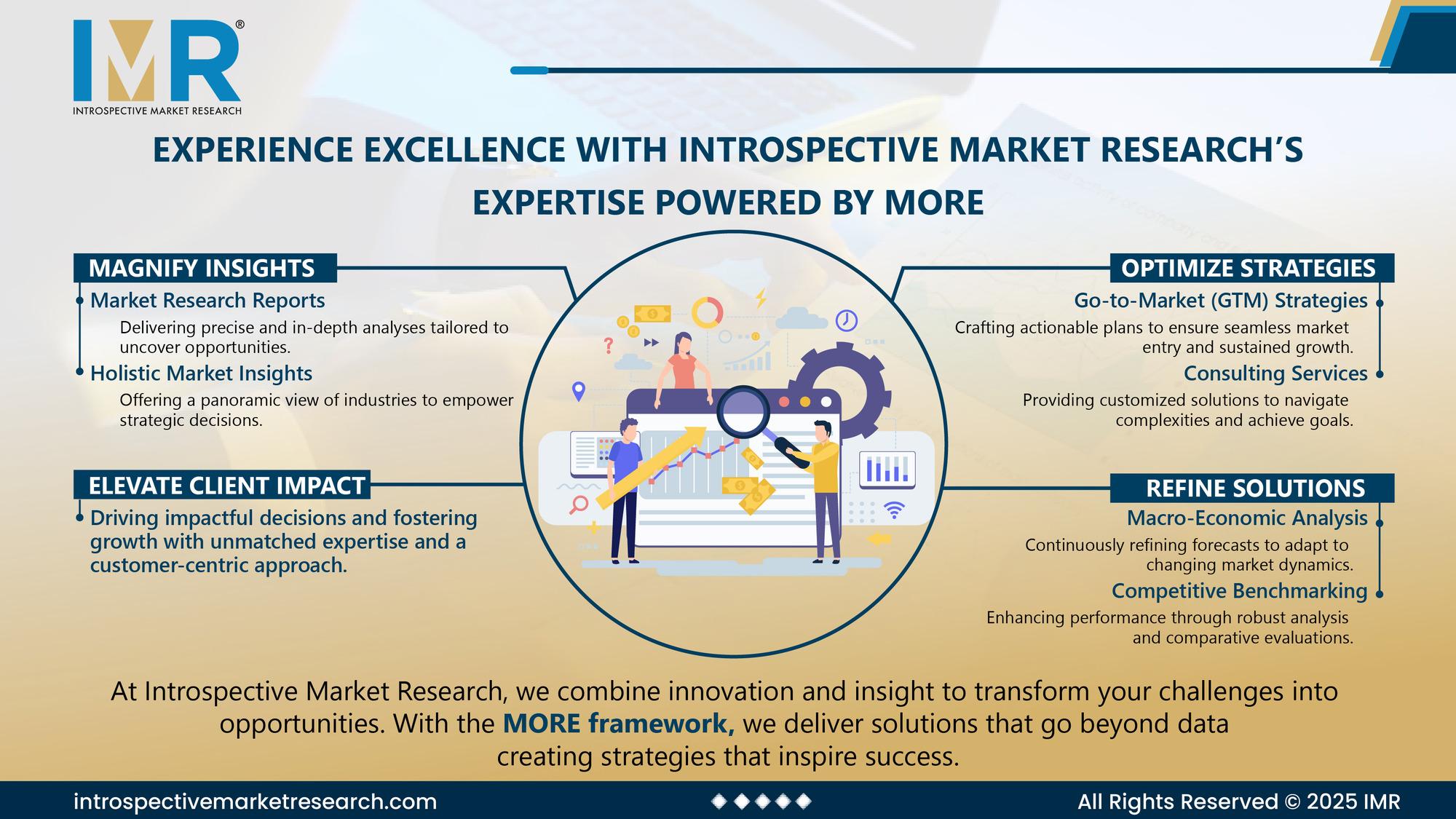The Growing Importance of Demand Response Services in Modern Energy Systems
In today’s dynamic energy landscape, Demand Response Services have emerged as a crucial component for balancing supply and demand efficiently. As renewable energy integration, grid congestion, and fluctuating energy prices become more common, demand response (DR) programs are enabling utilities and consumers to play an active role in maintaining grid stability. These services allow electricity consumers to adjust or reduce their power usage during peak demand periods, ensuring a more resilient, cost-effective, and sustainable energy ecosystem.
Understanding Demand Response Services
Demand response services are mechanisms that incentivize consumers—residential, commercial, and industrial—to reduce or shift their electricity consumption during times of high demand or grid stress. Unlike traditional methods that rely solely on increasing power generation, demand response focuses on adjusting demand patterns to maintain grid equilibrium. This not only helps avoid blackouts but also minimizes the need for expensive peaking power plants.
Utilities deploy advanced technologies, including smart meters, IoT-based monitoring, and automated control systems, to track energy consumption in real time. When demand surges, participating consumers receive signals or price-based incentives to lower their usage. This flexibility benefits both energy providers and consumers, fostering a cooperative and efficient grid management system.
Market Drivers and Technological Advancements
The rapid expansion of renewable energy sources like wind and solar has significantly increased grid volatility due to their intermittent nature. Demand response services act as a buffer, adjusting consumption patterns in response to fluctuations in generation. Moreover, governments and energy regulators worldwide are promoting DR programs as part of their energy efficiency and sustainability initiatives.
Technological advancements such as Artificial Intelligence (AI), Machine Learning (ML), and predictive analytics have transformed the effectiveness of demand response mechanisms. AI-driven platforms can analyze consumption data to predict peak demand and automate load reduction decisions. Furthermore, the integration of distributed energy resources (DERs) such as battery storage systems enhances DR programs by enabling energy shifting and decentralized control.
Benefits for Utilities and Consumers
For utilities, demand response provides an economically viable alternative to building new power plants or upgrading transmission lines. It helps optimize existing infrastructure and ensures reliable energy delivery even during peak hours. For consumers, participation in DR programs can lead to reduced energy bills and monetary incentives for shifting load or reducing consumption during critical periods.
In addition to financial gains, DR programs contribute to environmental sustainability by reducing carbon emissions and promoting cleaner energy use. As demand-side management becomes an integral part of the power ecosystem, these programs are helping transition from a centralized power generation model to a more flexible, consumer-driven grid.
Challenges and Future Outlook
Despite their potential, demand response services face several challenges, including limited consumer awareness, regulatory barriers, and inconsistent pricing models. The success of DR programs depends heavily on user participation, real-time communication infrastructure, and effective coordination among stakeholders.
However, the future looks promising. As energy markets evolve toward decentralization and digitalization, DR programs are expected to become more automated, intelligent, and scalable. The increasing adoption of smart grids and advanced metering infrastructure (AMI) will further enhance the responsiveness and efficiency of these services. With growing investments in energy flexibility solutions, demand response is set to play a pivotal role in ensuring grid reliability, supporting renewable integration, and fostering a sustainable energy future.
FAQs
1. What is the main purpose of demand response services?
The primary purpose of demand response services is to balance electricity supply and demand by encouraging consumers to reduce or shift their power usage during peak times, enhancing grid stability and preventing energy shortages.
2. How do consumers participate in demand response programs?
Consumers can enroll in DR programs offered by their utilities or third-party providers. Through smart devices or automated systems, they receive alerts during peak demand periods and can adjust their energy usage manually or automatically in response to incentives.
3. What role does technology play in demand response?
Technology is vital for demand response operations. Smart meters, IoT sensors, AI, and real-time analytics enable accurate monitoring, communication, and automation, ensuring that load reductions occur precisely when needed for maximum grid efficiency.
More Related Reports:
gas injected enhanced oil recovery market


